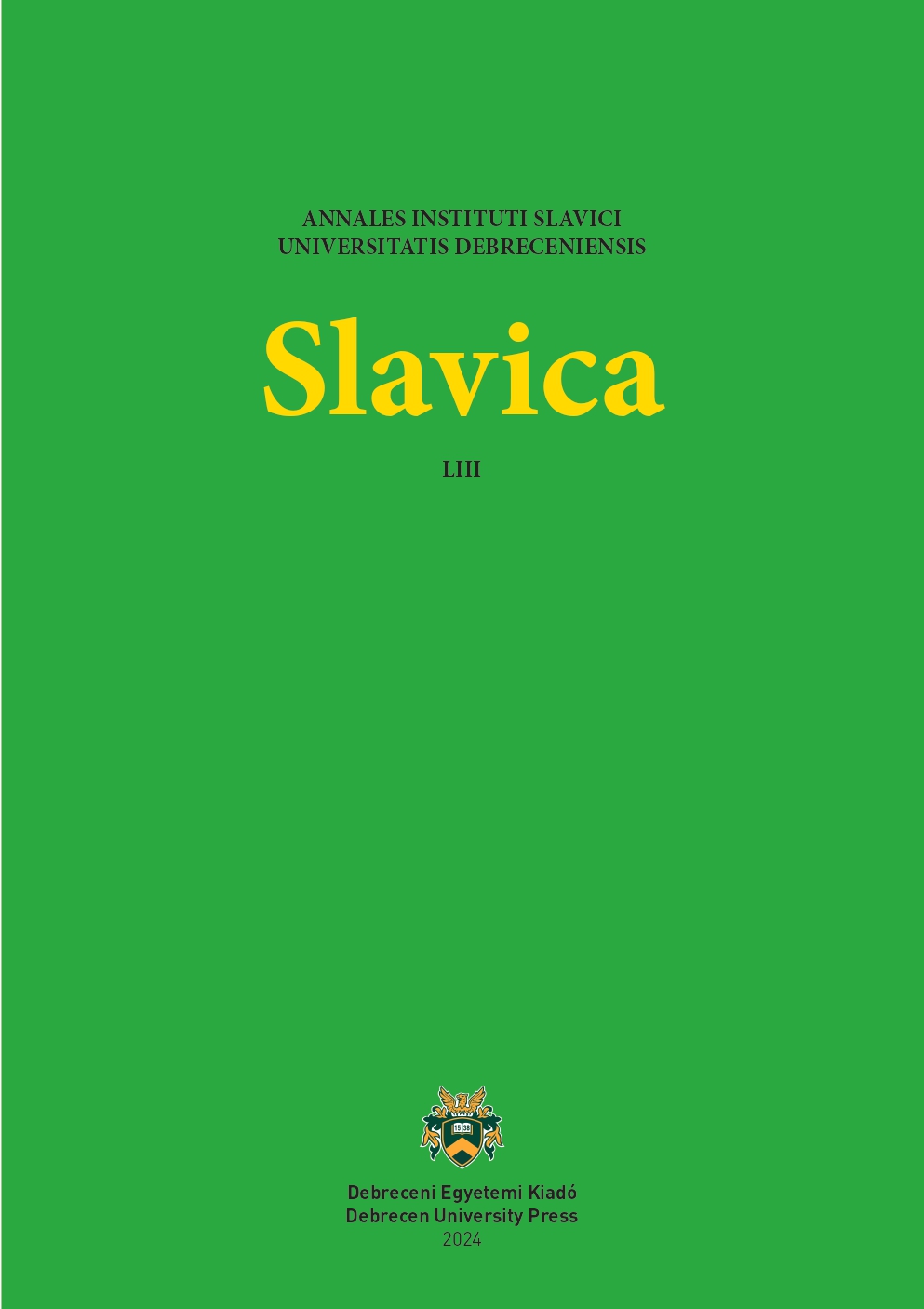К толкованию смыслa разъединения и объединения в поэме М. Ю. Лермонтова «Демон»
Author
View
Ключевые слова
Лицензия
Copyright (c) 2024 Slavica

Это произведение доступно по лицензии Creative Commons «Attribution-NonCommercial» («Атрибуция — Некоммерческое использование») 4.0 Всемирная.
This is an open access article distributed under the terms of the Creative Commons Attribution License (CC BY-NC 4.0), which permits unrestricted use, distribution, and reproduction in any medium, provided the original author and source are credited.
How To Cite
Аннотация
В статье автор подходит к толкованию поэмы Лермонтова «Демон», ставя вопрос «судьбы» в тексте семантических противопоставленностей как дихотомического соотношения мотивов, на первый взгляд представляющих полярные полюсы в системе персонажей (Ангел или Тамара vs Демон), оценочных понятий (например, добро vs зло) и идеологических категорий (рай vs ад, земля vs потустронний мир). Поэтические формы снятия противопоставленностей изучаются путем ослабления семантической мотивировки дихотомических пар, возникновения монодуалистической антиномии и создания эквивалентностей и обратной симметрии с трансформацией референтности.Благодаря указанным стратегиям порождения смысла в лермонтовском тексте прослеживается сдвиг от аксиологической концептуализации мира к модели человеческого душевного переживания как экзистенциального опыта.

 https://doi.org/10.31034/053.2024.03
https://doi.org/10.31034/053.2024.03